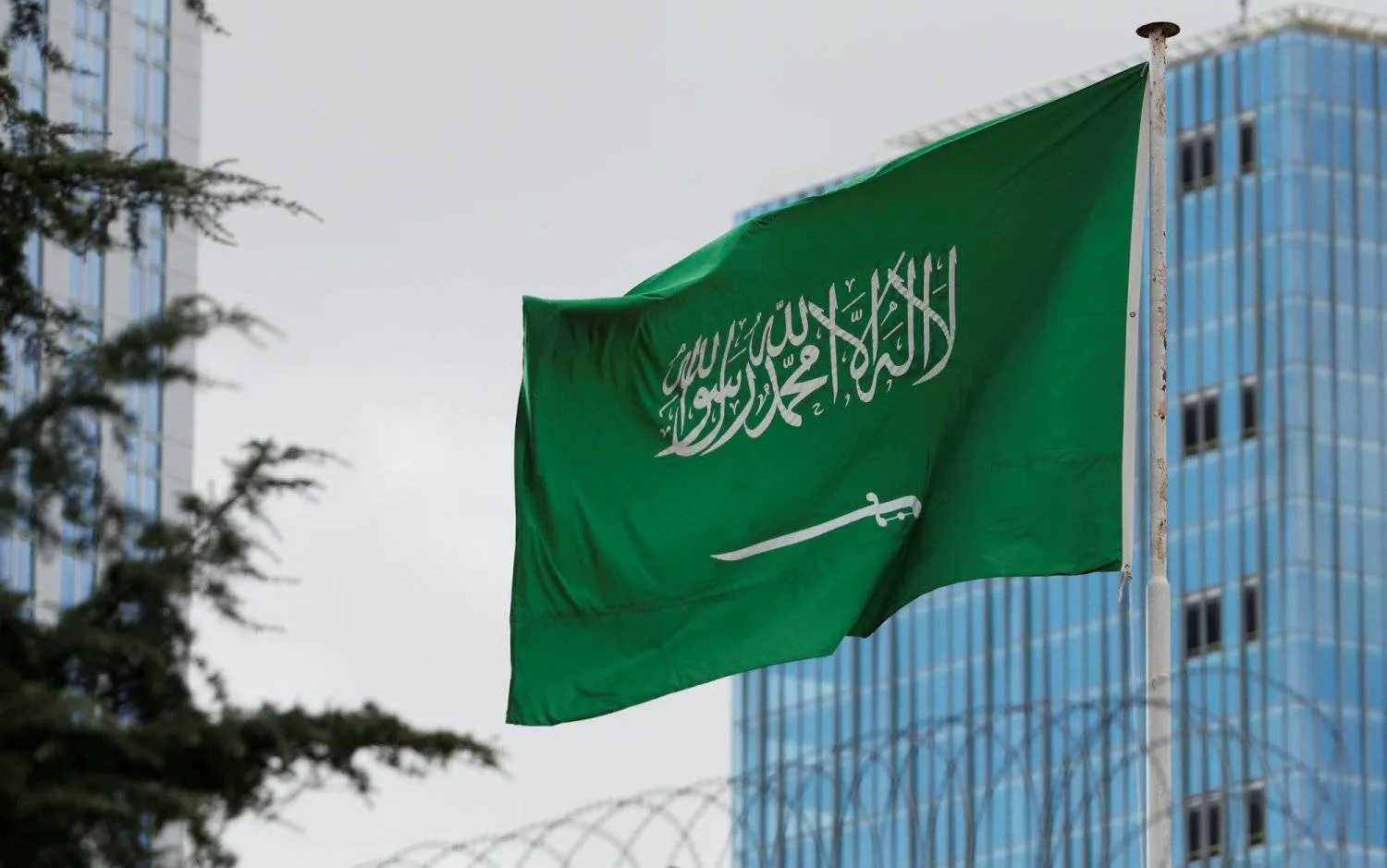A recent report from Fujian Daily has highlighted the growing partnership between China and Saudi Arabia, emphasizing the alignment of the Belt and Road Initiative (BRI) with Saudi Vision 2030. This collaboration reflects the two nations’ shared commitment to fostering global progress and creating a unified future for humanity.
The report underscored the strengthening ties between the two countries in education and industry. For example, 22 Saudi students have graduated from Xiamen University in Fujian, with many pursuing careers in the chemical industry. Some have returned to Fujian, further enhancing the relationship between the nations.
During President Xi Jinping’s visit to Saudi Arabia in December 2022, a significant agreement was signed between Sinopec and Saudi Aramco to develop the second phase of the Gulei refining and petrochemical integration project. This initiative exemplifies the deepening energy sector cooperation.
In February 2024, construction began on a joint ethylene project with an investment of 44.8 billion yuan ($6.14 billion), marking the first direct partnership between a Chinese regional company and a global firm in petrochemicals. Expected to complete by 2026, the project highlights the strategic importance of industrial collaboration.
The report also spotlighted the historical ties between China and Arab countries through the Silk Road, with Fujian serving as a key hub. Today, initiatives such as the Maritime Silk Road revive this legacy. In May 2024, a multimodal transport channel linking Nanchang, Xiamen, and Saudi Arabia was launched to facilitate exports from the Gulei project to global markets.
Additionally, the second phase of the Gulei complex was launched in November 2024, with a total investment of 71.1 billion yuan ($9.74 billion), making it the largest industrial project in Fujian’s history. The project aims to enhance resource security and boost the petrochemical supply chain.
The report concluded that the ongoing partnership, supported by technological advancements and shared ambitions, underscores a new era of strategic collaboration, with the integration of BRI and Vision 2030 symbolizing a bright future for both nations.









